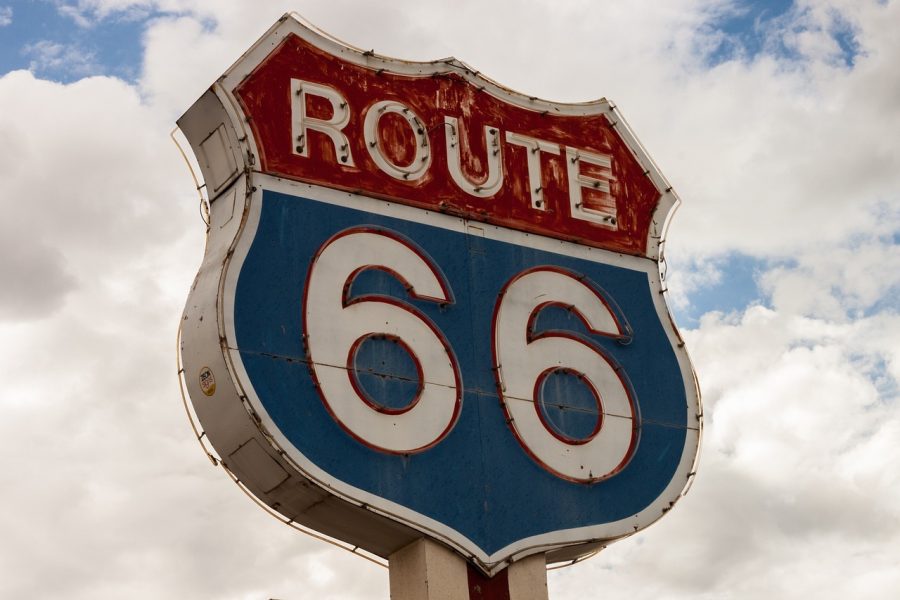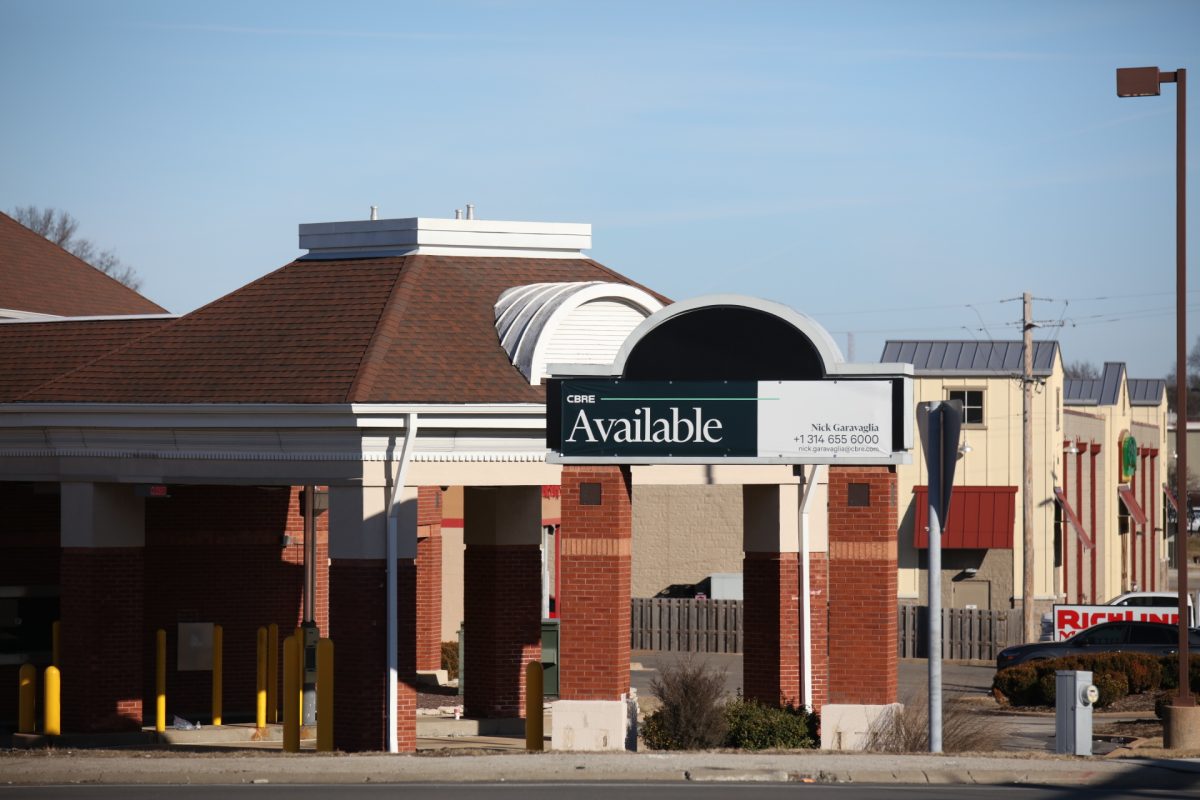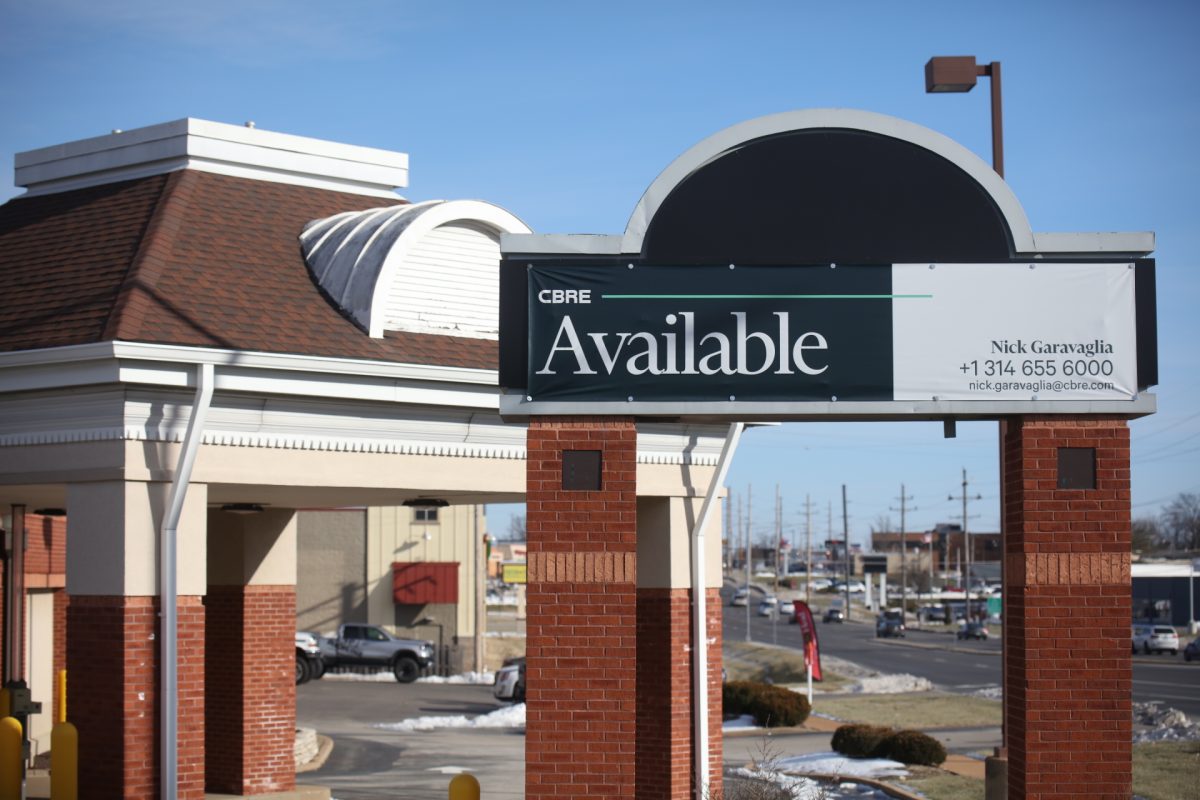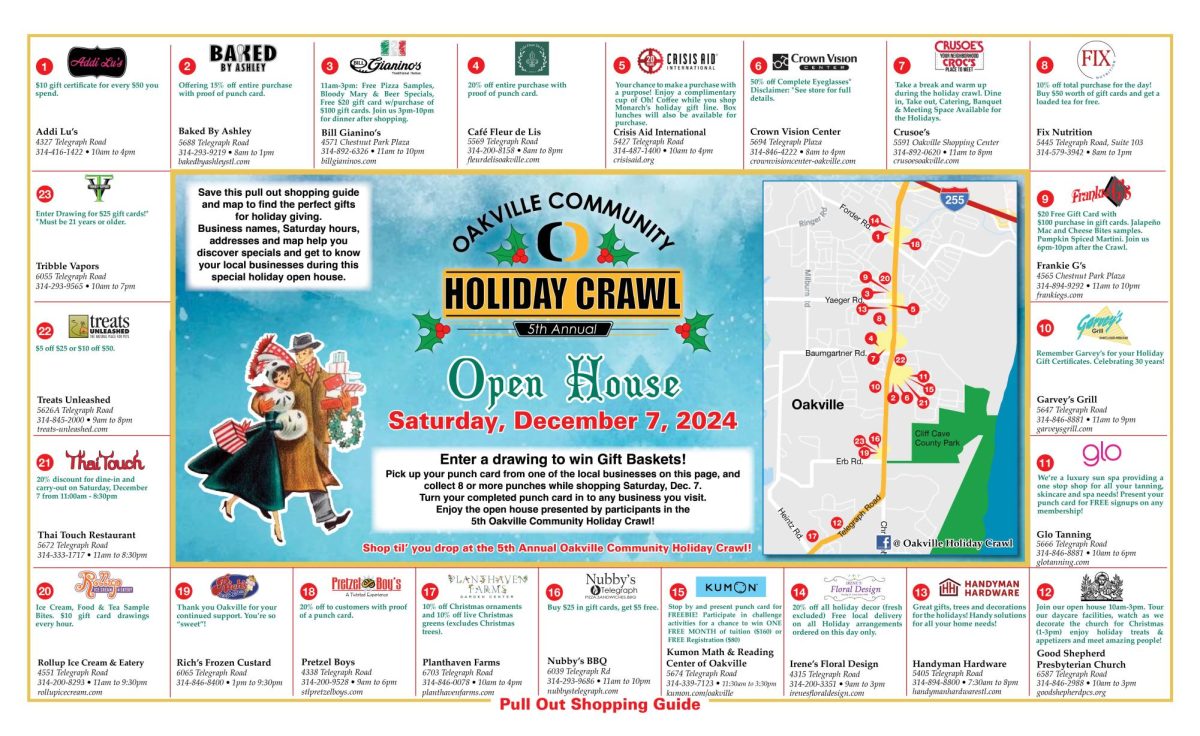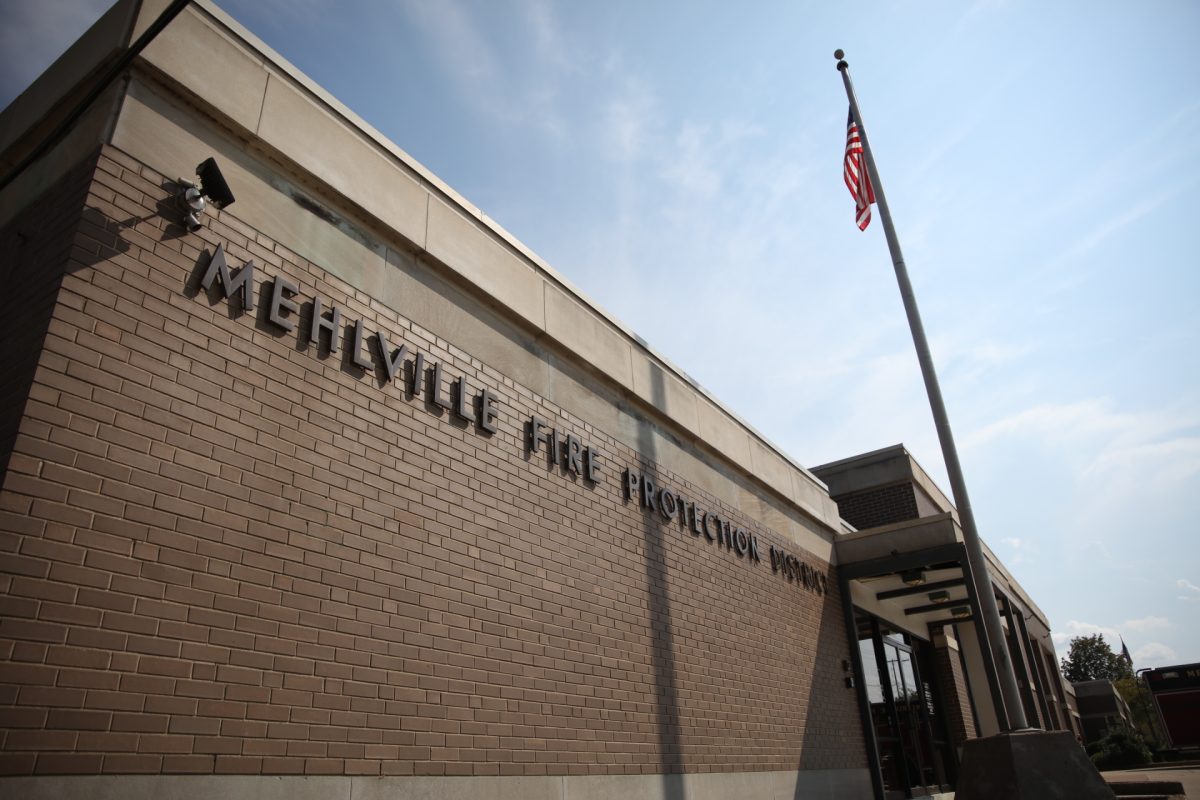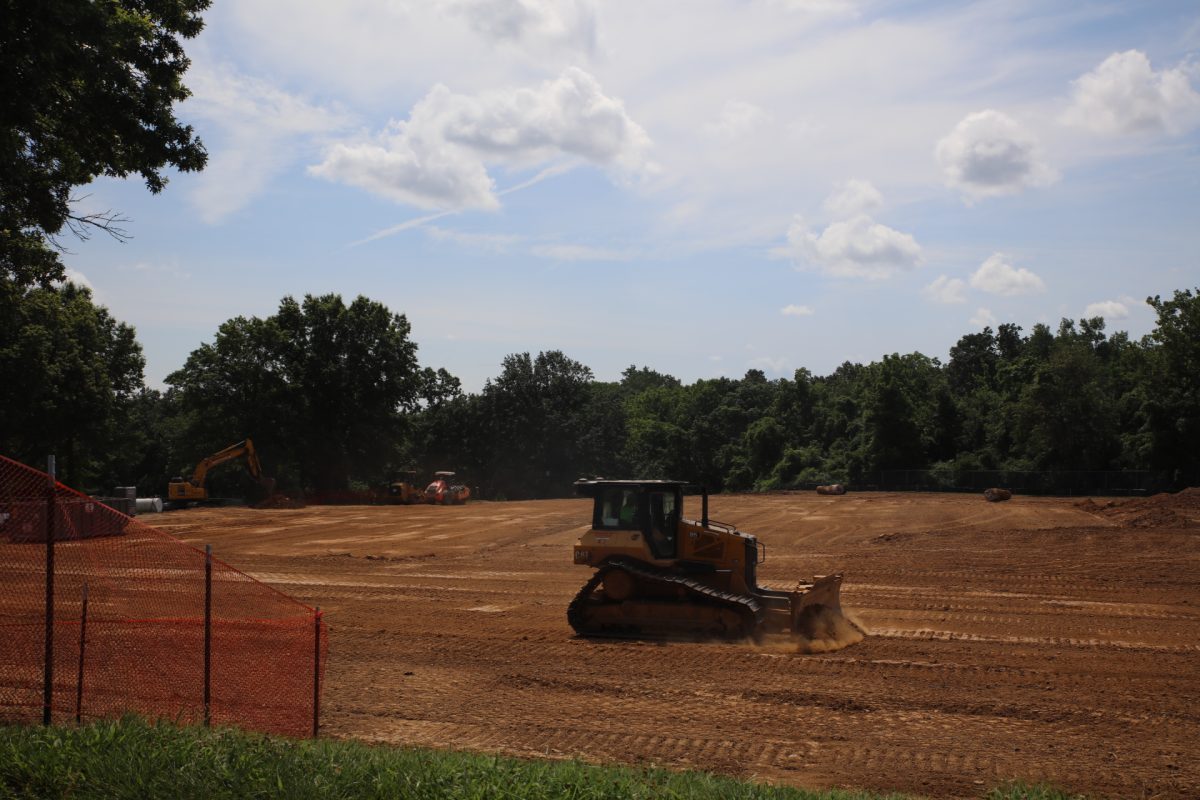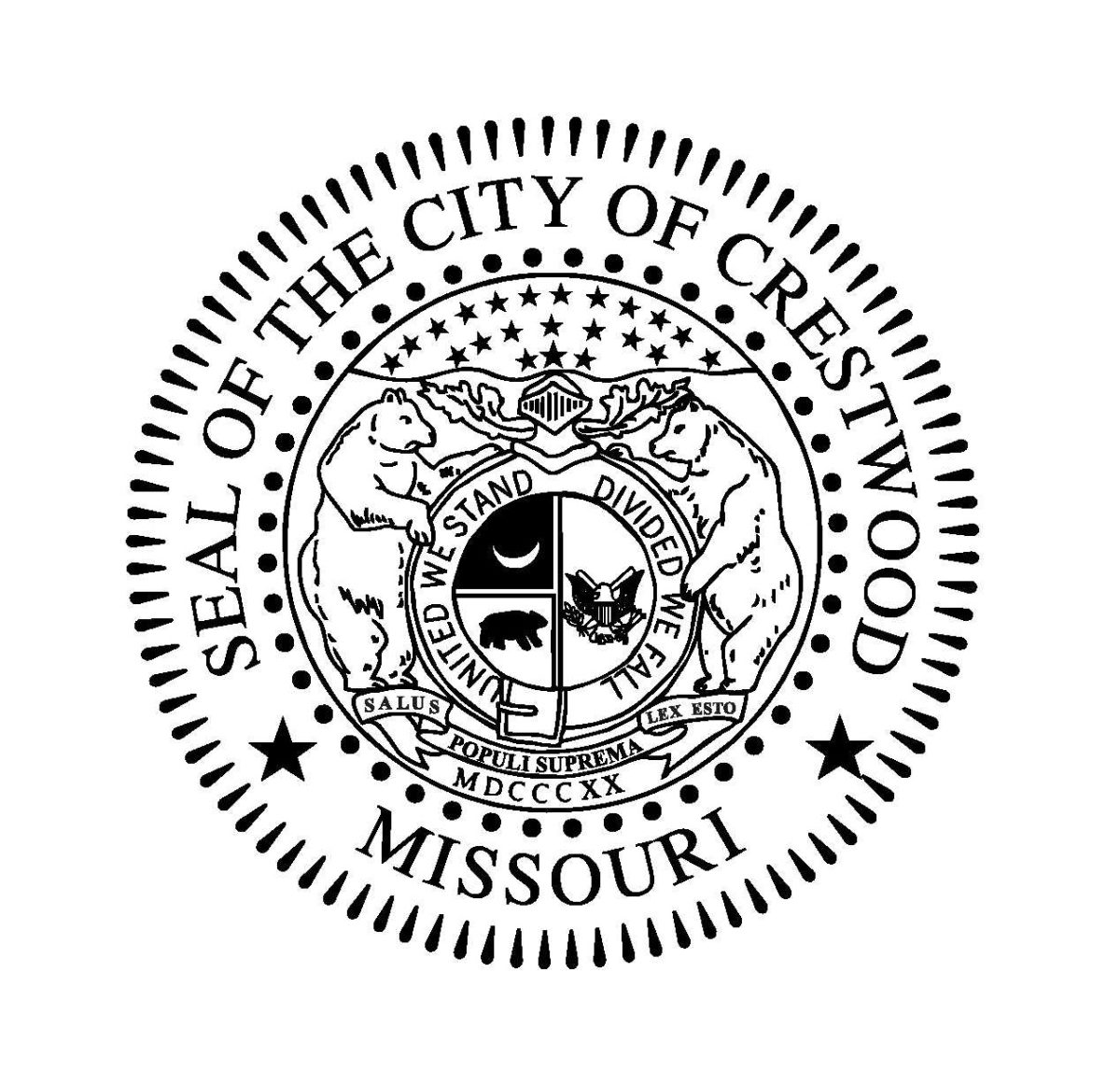When the road connected Chicago to Los Angeles in 1926, it represented the possibility of the automobile. In the 1930s, it served as an east-to-west escape route from the Dust Bowl during the Great Depression. By the 1950s, the 2,400-mile highway lured travelers with the post-World War II promise of adventure on the open road. And as the era of interstate highway driving dawned, Route 66 began to reflect a yearning for a time when a journey was about more than the destination.
Now the eight states traversed by America’s defining highway are getting it ready for its 100th anniversary, in 2026. States are handing out grants to restore vintage neon signs along the highway. They’re installing shoulders to make the road safer for bicyclists and improving signage to make the route more obvious through cities. And they’re installing charging stations that will make it easier to travel the entire length in an electric vehicle.
The iconic highway has always been “the ultimate symbol of a restless nation on the move,” writes Michael Wallis in “Route 66: The Mother Road,” the 1990 book that may have saved the once-vital thoroughfare from obscurity after it was decommissioned as a federal highway in 1985. That symbolism won’t change, even as the vintage highway evolves to meet modern tourism’s demands, Wallis said in an interview with Stateline.
“The world still comes to Route 66,” said Wallis, who was appointed last year by President Joe Biden to the Route 66 Centennial Commission, which is planning some of the national events around the anniversary. “It’s because they can get a taste of this country before it became generic, before it was just littered with cookie-cutter franchise businesses, before it was homogenized. It’s a road not so much for tourists as it is for travelers.”
To that end, many states are planning how they can attract a new generation of travelers to Route 66. The road itself is now the destination.
In Illinois, where Route 66 begins and stretches for 300 miles, the state this spring awarded $6.6 million in grants to help communities upgrade and market their Route 66 attractions in advance of the 2026 celebrations.
The grants are aimed at boosting local tourism across Illinois as well as highlighting the state’s growing electric vehicle sector, Gov. JB Pritzker said in a statement. It’s a way of “honoring the history of Route 66 and looking to the future,” Pritzker said. One grant will create pylons at the beginning of the road in Chicago, which will feature QR codes that tell drivers where to find EV charging stations along Route 66.
The state money also will pay for interpretative panels at historic sites highlighted in “The Negro Motorist Green Book,” a guide to the midcentury service stations, motels and attractions where Black travelers were welcome in segregated states or hostile towns along the nation’s highways, including Route 66.
And this winter, the city of Edwardsville, Illinois, installed a 12.5-foot monument along its stretch of Route 66 not far from the Missouri border. The sign, a tilted version of the iconic highway shield, allows visitors to pose inside the round holes made by the number 66. It’s a Tik Tok or Instagram-friendly attraction, tourism officials say, which, as with the emphasis on neon signs, appeals to younger travelers.
In Arizona, the state developed the Route 66 Digital Passport, an app that allows travelers to tick off some of the best attractions for posting on social media. The app helped welcome a new generation of road-trippers to Arizona during the pandemic, when people sought outdoors and open-road experiences, said Josh Coddington, director of communications for the state’s Office of Tourism.
All along the route, towns are “recognizing the past, but they’re also maintaining [the road] so that it remains into the future,” said Rylie Mansuetti, the public and government affairs manager for AAA Oklahoma.
“It remains picture-worthy as we’re in the age of Instagram or TikTok,” she said. “A lot of these small towns are doing a great job at still offering that authentic taste and that step back, but making it appeal to newer generations.”
In Oklahoma, which has more than 400 miles of Route 66, the road is seen as a major tourism draw, Mansuetti said. Tulsa, known as the capital of Route 66, last year hosted the AAA Route 66 Road Fest. The party will continue this year — and will be among the signature national events of the 2026 centennial celebration.
“It’s called the Mother Road for a reason,” said Mansuetti, who notes that AAA tour guides began publishing the same year as Route 66 became a national road. “It’s absolutely a symbol of adventure and exploration, and it’s a driving force behind promoting tourism in the areas it passes through.”
In Oklahoma, the state Department of Transportation allows cities and counties to buy giant adhesive stickers to install on sections of the road, an Instagrammable and directional visual aid. To make part of Route 66 more accessible to bicyclists, Oklahoma recently received a $1 million federal grant to improve 1.3 miles of the highway near several roadside attractions, including the often photographed Arcadia Round Barn.
Rhys Martin, president of the Oklahoma Route 66 Association, has traveled and photographed the entire length of the highway from Illinois to California. One of his favorite attractions in Oklahoma is the giant Blue Whale in Catoosa, a whimsical 20-foot-tall and 80-foot-long roadside attraction built in 1972. There are also dozens of local festivals in towns where Route 66 serves as their main street.
“If you just make time and get off the interstate, you’ll meet all kinds of amazing people and have some really great food and see things that you won’t see anywhere else,” he said. “Route 66 is about the experience. The phrase goes, it’s not about getting somewhere, it’s about going somewhere.”
An Oklahoma highway commissioner, Cyrus Avery, pushed tirelessly for Route 66’s creation as a federal highway in the 1920s, hopeful that it would divert traffic to Tulsa from other cross-country routes through Kansas City and Denver.
By 1939 with the publication of John Steinbeck’s “The Grapes of Wrath,” Route 66 had achieved iconic status. In the book, Steinbeck describes Route 66 as the “Mother Road” for how it served as refuge for so many people displaced by the Great Depression and the devastation in the Great Plains of the Dust Bowl years. Route 66 was “the path of a people in flight,” Steinbeck wrote, “refugees from dust and shrinking land.”
After World War II, as automobile ownership and general prosperity boomed, the highway led to vacation destinations in New Mexico, Arizona and California. It was then that travelers experienced the heyday of the mom-and-pop motels and diners with architecture and neon signage that define the peak era of the highway.
For many older baby boomers, Route 66 meant the television show that aired from 1960 to 1964, starring two young men who drove the country in a Chevrolet Corvette convertible. The show was not set exclusively on Route 66, but its title and its spirit of adventure had an outsized impact on the road trip as a cultural phenomenon.
But over the next few decades, five new interstate highways — I-55, I-44, I-40, I-15 and I-10 — began replacing Route 66. Although at least 85% of the original road is still drivable, many of the small towns along Route 66 withered away after the interstates arrived, tastes changed, and more people preferred to travel by plane than by car.
Nonetheless, Route 66 remains — as both a physical highway and in the imagination as the ultimate road trip. In 2006, a new generation was introduced to the highway via the animated Pixar feature “Cars,” featuring race car Lightning McQueen and many of the road’s noteworthy roadside attractions.
Wallis, who voiced Sheriff in “Cars,” said that despite his longtime association with the road, he’s always been wary of overly romanticizing Route 66. It’s “much more than ’57 Chevys and poodle skirts,” he said. He points out that Nat King Cole, whose 1946 rendition of “(Get Your Kicks on) Route 66” helped popularize the highway, would not as a Black man have been able to stay at many of the establishments along the route.
“Those of us who want to preserve and protect Route 66 and tell the honest story, we believe there’s an obligation, since it’s arguably the most famous highway in the world,” he said. “Route 66 basically was a road for everyone. It was a road for blue bloods or rednecks, everybody traveling. But the conditions were different for various people that traveled there. And that needs to be pointed out. That’s very important.
Wallis lives in Tulsa and has written many other books in the three decades since his Route 66 classic, but the Mother Road has come to define his career. He’s often asked if the road gets boring. Never, Wallis said.
“Every time I go out on the road, I find something new,” he said. “More importantly, I find someone new.”
Stateline and Missouri Independent are part of States Newsroom, a network of news bureaus supported by grants and a coalition of donors as a 501c(3) public charity. Stateline maintains editorial independence. Contact Stateline Editor Scott Greenberger for questions: info@stateline.org. Follow Stateline on Facebook and Twitter. Contact Missouri Independent Editor Jason Hancock for questions: info@missouriindependent.com. Follow Missouri Independent on Facebook and Twitter.



